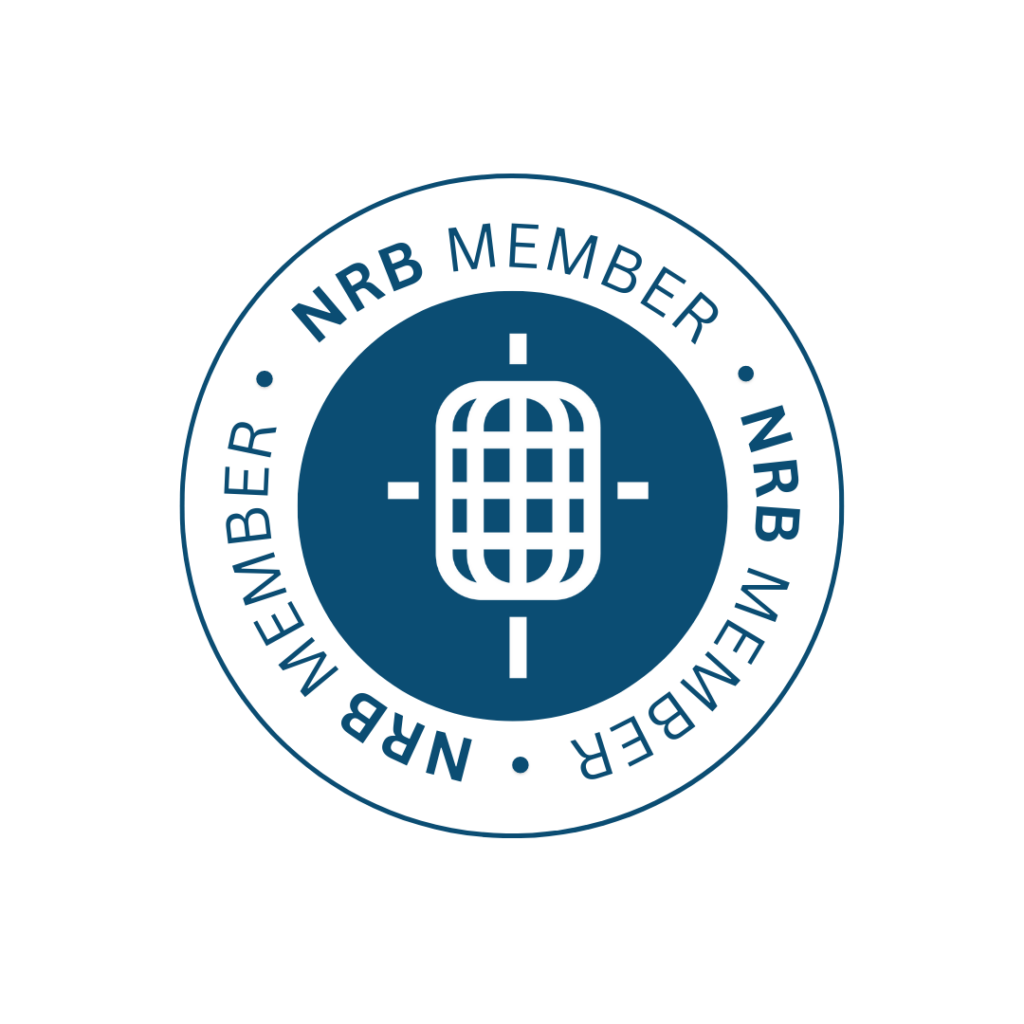Should we focus on getting younger donors?
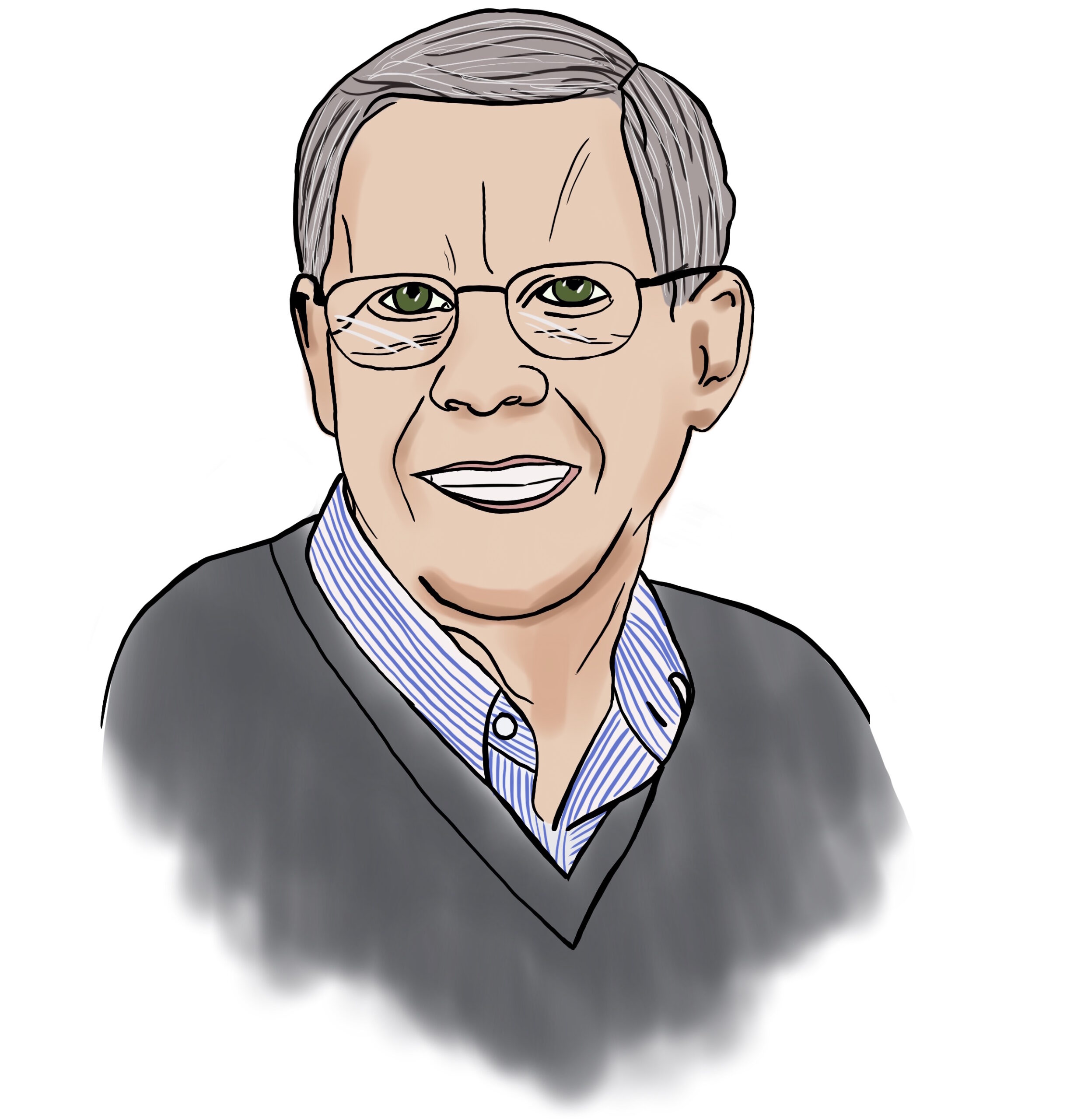
Question: Wiley, our active donors range in age from 50-65 years of age, yet I’m concerned we’re missing out on attracting new donors. Should we change what we’re doing and focus on getting younger donors?
Answer: It really depends on how you define “younger donors,” as age is relative. Since acquiring younger new donors is an attempt to grow your donor file, it’s important to note that you are probably expecting your new donors to respond similarly to your existing active donors.
That begs the question, “What are the demographics of your existing donor file?” In other words, “How old are your donors?”
The key is to grow your file with new donors who match the demographics of your existing donors.
Often, this question is answered with anecdotal data or sometimes what people want their donor demographics to be. In my experience, most active donor files are over 50 years of age, and between 50-60% female. Only research will accurately show you the demographics of your active donor base.
So, if you want to add 30-year-olds to your file, you should not expect them to give at the same amount or frequency as your existing file. Also, the number who give a second gift, known as an activation, will be significantly lower as well.
By contrast, if by younger donors you mean 45- to 50-year-old donors, you can reasonably expect them to act similarly to your existing donors. If you want to grow your active donor base and expect your new donors to give like your existing active donors, the key is to grow your file with new donors who match the demographics of your existing donors.
If you’re thinking about acquiring younger donors who are significantly younger than your existing donors, think twice, maybe even three times, especially if you’re planning to grow your income at the same rate as your file growth.
Submit your question at www.douglasshaw.com/askwiley.
We look forward to helping you continue your work of being a part of what is right in the world!
Related articles
-

More Than Just Work
As a young Christian professional navigating the conundrum of aligning my beliefs into a purposeful career, I’ve been blessed to…
-
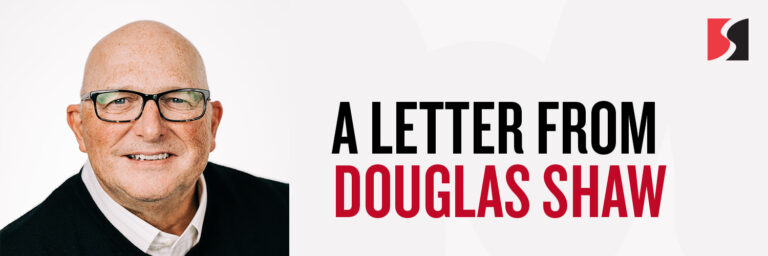
What to Think of Artificial Intelligence and Its Impact on Fundraising . . .
In trying to summon an image to represent our theme for this issue of Donor Focus, I found myself drawn…
-

Fundraising Meets Artificial Intelligence
In this article, we’ll explore the captivating realm of AI-powered fundraising efforts—the boundless benefits and intriguing challenges that arise when…




